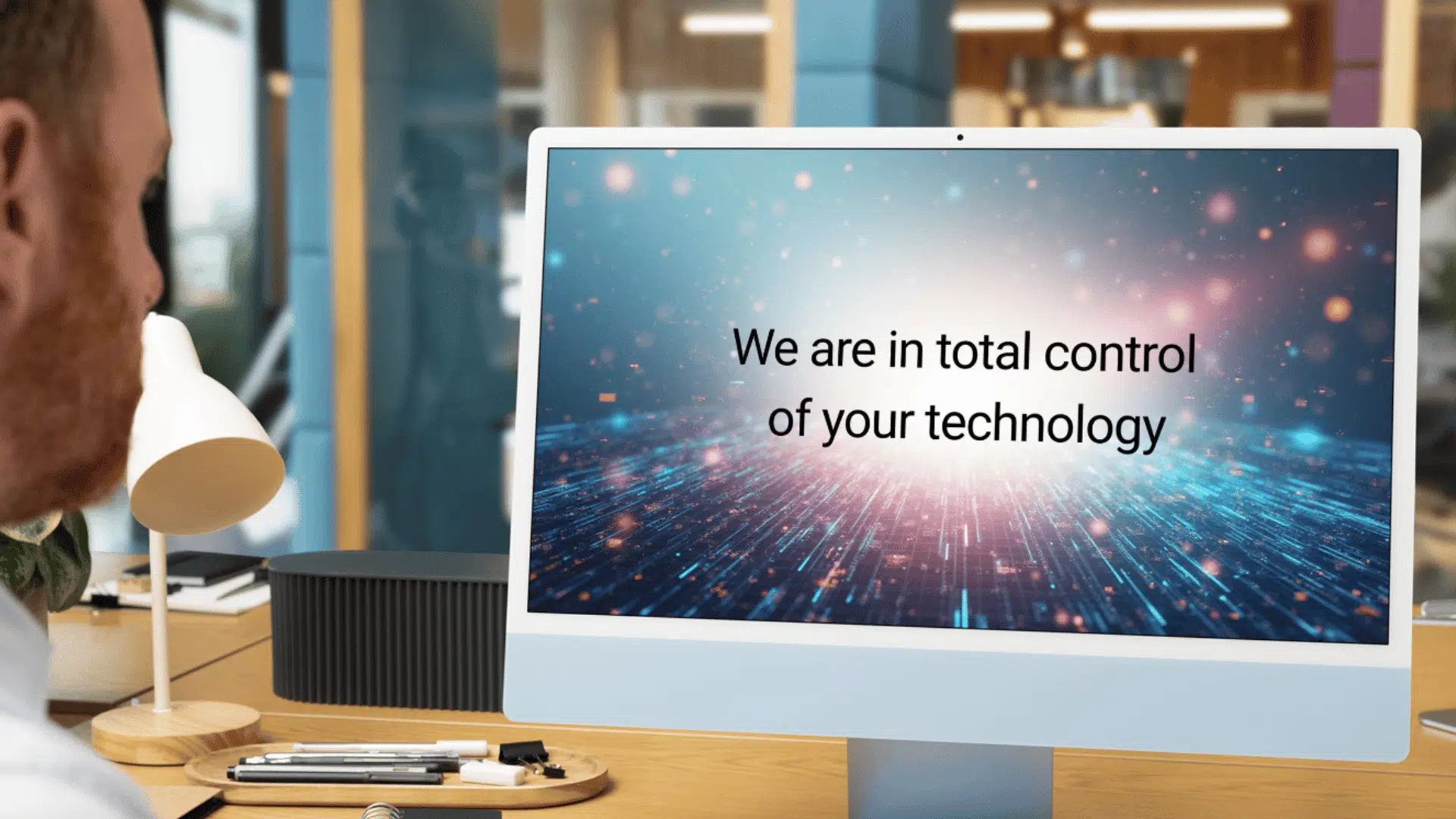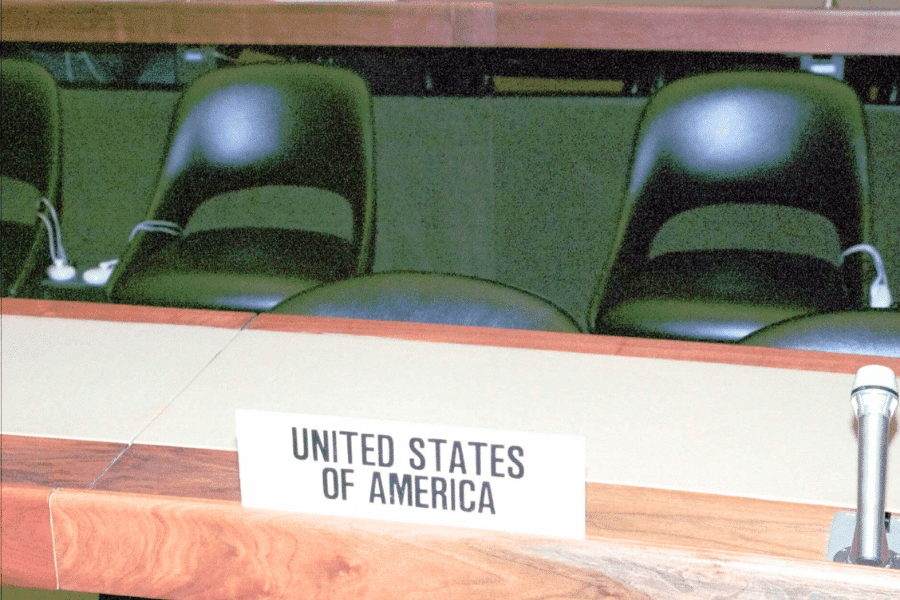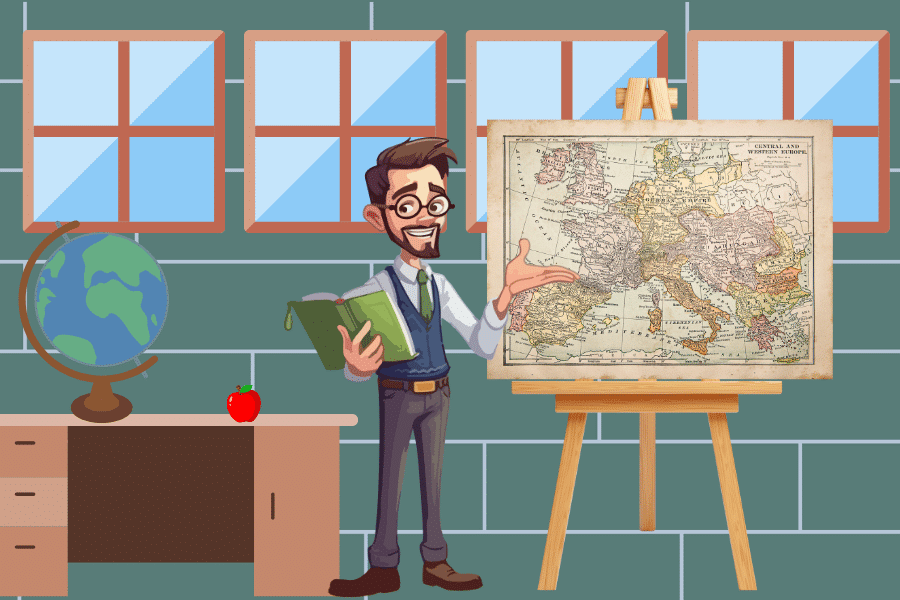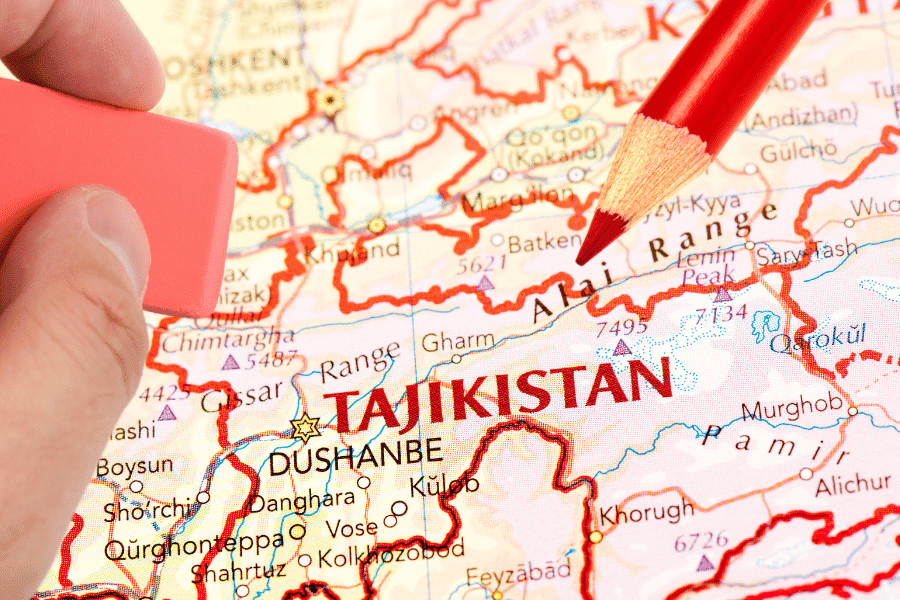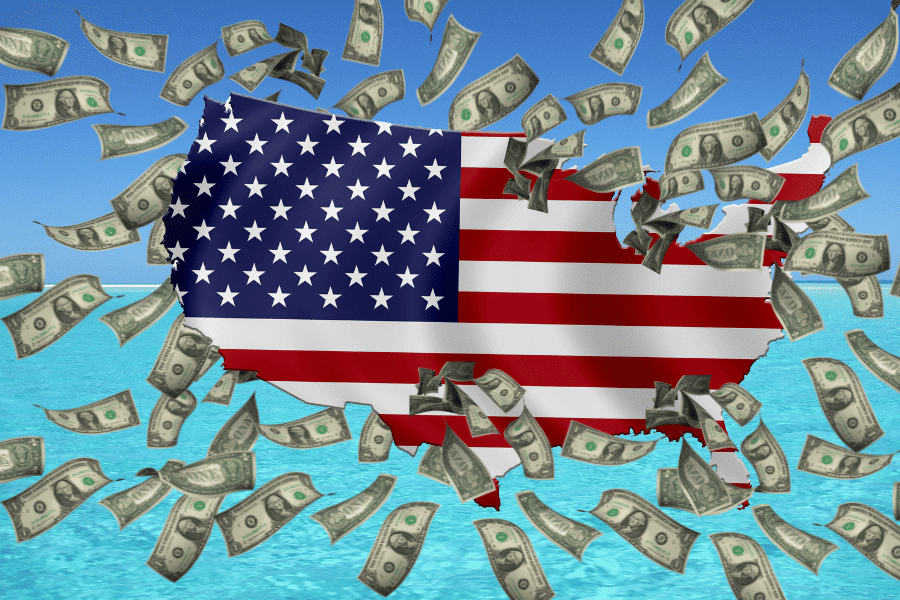On 20 October 2025, an Amazon Web Services daylong outage left millions of people around the world unable to communicate electronically and hurt the operations of more than 1,000 companies.
Snapchat, Canva, Slack and Reddit were rendered useless while the businesses of gaming platforms Fortnight and Roblox, bankers Lloyds and Halifax and U.S. airlines Delta and United were disrupted. Media companies including the New York Times, the Wall Street Journal and Disney were also impacted.
Amazon Web Service, or AWS, handles the backbone work of tools and computers allowing about 37% of the internet to work. It is the dominant player for cloud servers but the alternatives are equally large giants — Microsoft’s Azure and Google’s Cloud Platform.
The outage prompted European officials to call for plans for digital sovereignty and less reliance on U.S. behemoths. It was also a wakeup call to internet users worldwide of the fragility of the infrastructure and how much they rely on digital technology for everyday work and personal tasks from ordering coffee and communicating with colleagues to checking in airline flights and home security cameras to playing games, doing homework and shopping online.
And it shined a light on how much the technology we rely on is controlled by oligopolies. Many people are familiar with the idea of a monopoly. That’s where one company or entity controls the market for a specific product or service and no competition is allowed. An oligopoly is a market structure when a small number of large firms dominate an industry, limiting competition.
Who controls the technology we use?
What happened with the glitch at AWS showed the dangers of too much control in too few hands, but are there benefits we get from monopolies and oligopolies? How does competition — or the lack of it — affect what we consume?
A monopoly allows the company or entity to control the quality and prices of the product and services but the lack of competition might lead to less incentives to improve the product and prices might continually rise.
An example of a monopoly might be your local city or town provider of water, gas or electricity. The United States Postal Service is protected by U.S. law to be a protected monopoly to handle and deliver non-urgent letters.
With oligopolies there is some competition, but consumers have a smaller choice and the major players rely on each other since one company’s actions could impact the others. An example of an oligopoly could be the airlines in your country where a few airlines largely control domestic and international flights.
Oligopolies generally emerge in industries with large start-up costs and strict legislation, allowing the oligopolies to keep prices high with virtually no new competition.
Benefits to concentrated ownership
On the plus side, oligopolies tend to bring stability to their markets. An example of an oligopoly is OPEC, the Organization of Petroleum Exporting Countries, where 12 member countries each hold substantial market share in the supply of oil and control oil prices by raising or lowering output.
When there is direct competition in business, companies selling similar products or services vie for more sales and share of the market, and profit by marketing their products on price, quality and promotions. This can lead to more innovation for product or services improvement and more company efficiencies to spur customer demand. But on the negative side, price wars may erupt and there could be consumer confusion over different brands. For example, Coca-Cola and Pepsi are direct competitors.
University of California San Diego Economics Professor Marc Muendler noted that while the AWS outage negatively impacted people and businesses globally, it would be difficult for corporate clients to unwind from it, let alone find an immediate replacement because AWS offers a customized service specific to contracts.
“Switching costs can be immense,” Muendler added.
Muendler said for other oligopolies such as gas suppliers, airlines or even yogurt makers, prices might become somewhat elevated if the number of players is too small. An extreme might be duopolies, where two companies dominate sales of a product or service, such as when ski resorts are owned largely by two companies and can keep ski lift ticket prices high, he said.
When big providers start having problems, that gives smaller players an opportunity.
“It will always be hard to be the runner-up in a market with scale economies, where first movers get ahead fast,” he said. “[But] there’s a large segment of retail stores that don’t have specific contracts [with AWS]. That might be a market segment for a new competitor serving smaller customers, and then scale up.”
Muendler said AWS clients should know they have a single supplier and be aware of the risks.
“I don’t see this market as easily reformable,” he said. “A big unanswered question is: How do we build resilience into our supply chains? There have been lots of disruptions to the global economy in the past 10–15 years. How do we incentivize companies that need specialized suppliers to also have redundancies,” or backup plans?
Questions to consider:
1. Identify a company, utility or other entity in your town or city. Is it a monopoly, oligopoly or does it compete directly with others?
2. What are the pluses or minuses for your family as consumers of its product or services?
3. What are the key differences for an employee who works at a monopoly vs. oligopoly vs. direct competitors?

